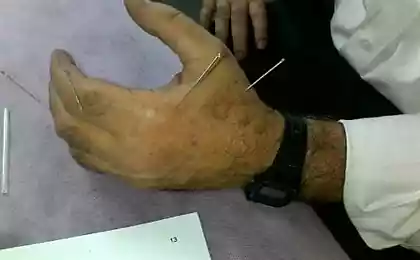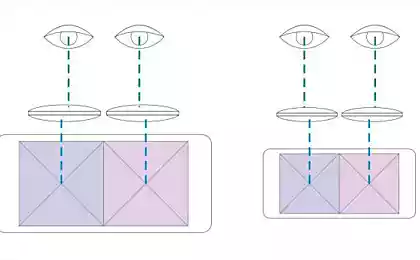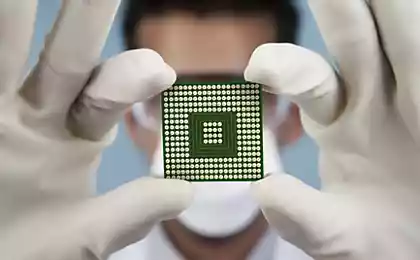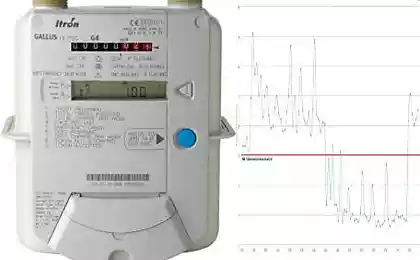476
People will become "chargers" for smartphones
Most likely, in the near future, users will not need to worry about what their phone runs out of power. American scientists have created a cheap and efficient nanogenerators that can convert the energy of a small mechanical movement.
The device was made by experts from the Institute of technology of Georgia, one of the top research universities in the United States. It should be noted that the possibility of the use of technology is much broader than just charging the phone. Excess energy produced during walking and breathing, in theory, be able to charge medical implants and other medical electronics.
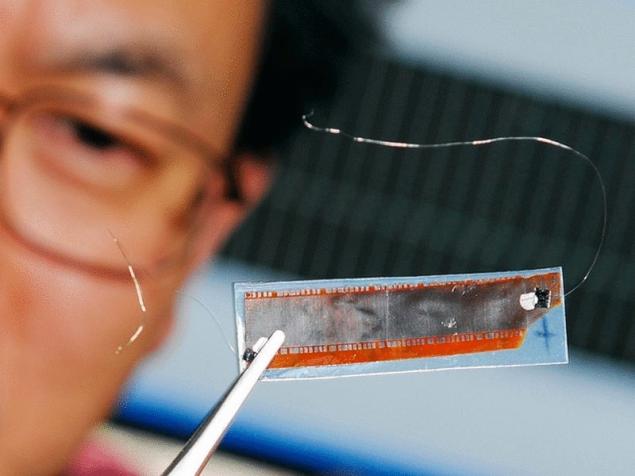
Shong Lin Wang, Professor of materials science at the Institute of technology studied this problem for several years. His attention was drawn to piezoelectric materials that can generate electricity under the action of mechanical forces. It is an artificially constructed these materials at the nanoscale and has achieved great success.
Designed by Wang nanogenerator is capable of converting from ten to fifteen percent of mechanical movement into electricity. As he says, in the future, the efficiency of the device can be reduced to forty percent.

Tiny generator can produce up to eight milliwatts of electricity, enough for a pacemaker. Generator the size of five by five centimeters can provide power 600 LEDs at once or to recharge the lithium-ion battery of the phone.
Source: /users/413
The device was made by experts from the Institute of technology of Georgia, one of the top research universities in the United States. It should be noted that the possibility of the use of technology is much broader than just charging the phone. Excess energy produced during walking and breathing, in theory, be able to charge medical implants and other medical electronics.

Shong Lin Wang, Professor of materials science at the Institute of technology studied this problem for several years. His attention was drawn to piezoelectric materials that can generate electricity under the action of mechanical forces. It is an artificially constructed these materials at the nanoscale and has achieved great success.
Designed by Wang nanogenerator is capable of converting from ten to fifteen percent of mechanical movement into electricity. As he says, in the future, the efficiency of the device can be reduced to forty percent.

Tiny generator can produce up to eight milliwatts of electricity, enough for a pacemaker. Generator the size of five by five centimeters can provide power 600 LEDs at once or to recharge the lithium-ion battery of the phone.
Source: /users/413


